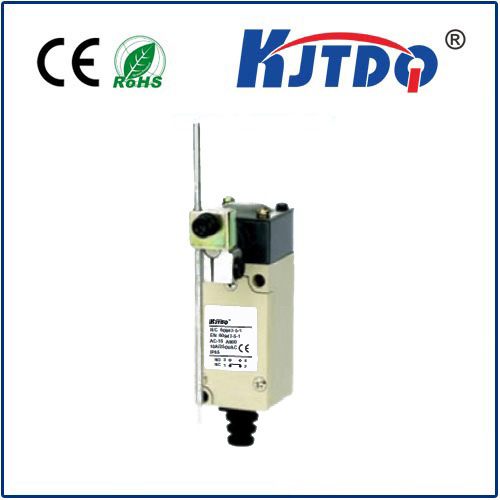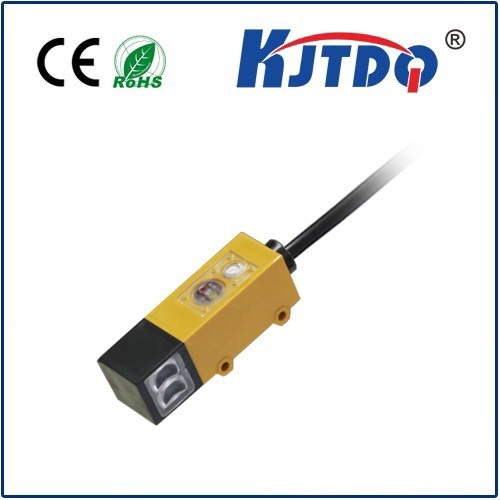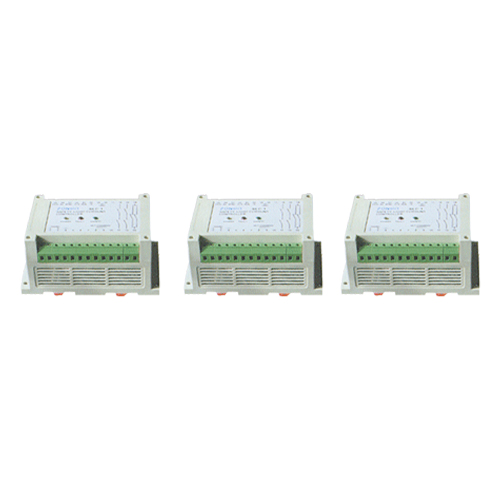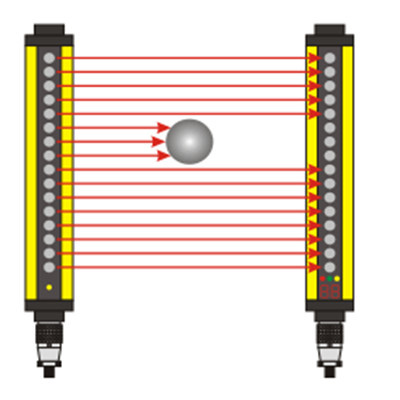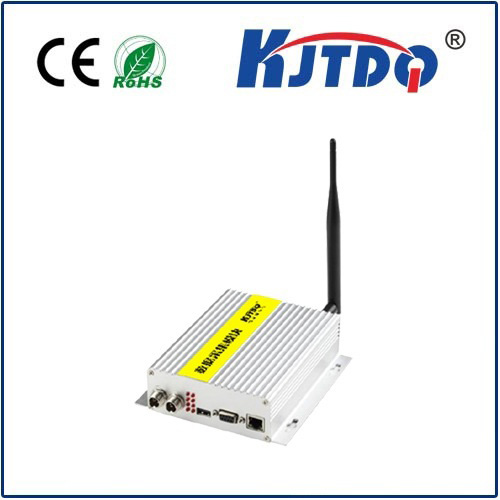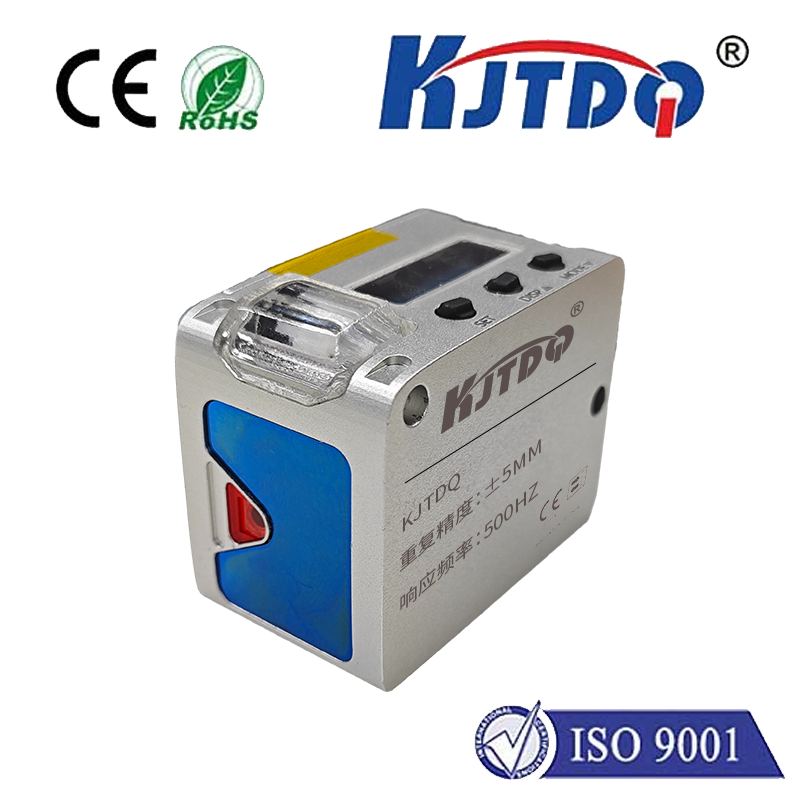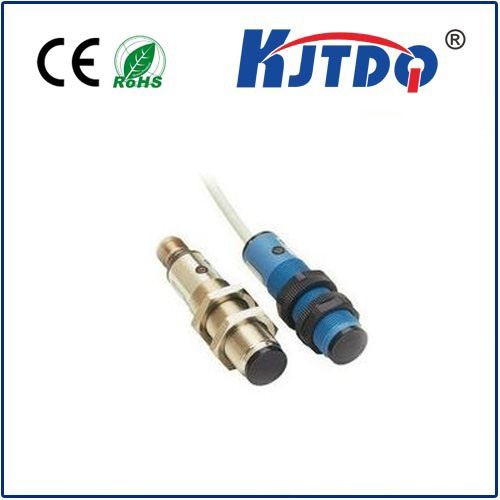retro reflective photoelectric sensors
- time:2025-09-10 17:01:43
- Click:0
Seeing Clearly: How Retroreflective Photoelectric Sensors Illuminate Industrial Automation
In the complex choreography of modern manufacturing, packaging lines, and logistics systems, detecting the presence, absence, or position of objects is fundamental. Achieving this reliably, consistently, and efficiently forms the bedrock of automation. Enter the retroreflective photoelectric sensor – a robust, versatile, and often understated hero bridging the gap between detection needs and practical, cost-effective solutions. Understanding how they work and where they excel is key to optimizing countless industrial processes.
Unlike their cousin, the thru-beam sensor (requiring a separate emitter and receiver positioned opposite each other), the retroreflective photoelectric sensor cleverly combines both parts into a single unit. It projects a light beam (commonly infrared, visible red, or laser) towards a dedicated reflector. This isn’t a standard mirror; it’s a specialized retroreflector – often a prismatic array or specialized corner-cube material. The magic lies in the retroreflector’s unique property: it reflects light directly back to its source, regardless of the angle of incidence, within a specified cone.

Here’s the core operational principle:
- Emission: The sensor’s integrated emitter sends out a modulated light beam.
- Reflection: This beam travels towards the strategically placed retroreflector.
- Precision Return: The retroreflector sends the beam directly back towards the sensor head.
- Reception: The sensor’s internal receiver detects the returning beam.
- Detection Logic: When an object interrupts the beam path between the sensor and the reflector, the receiver no longer detects the reflected light. This change in state triggers the sensor’s output signal, indicating the presence of the object.
This simple yet ingenious design unlocks several distinct advantages that make retroreflective sensors a powerhouse in industrial settings:
- Simplified Installation & Alignment: The biggest win is requiring wiring and mounting only on one side of the detection path. Running cables and finding mounting points for two separate units (like with thru-beam) is eliminated. Aligning a single sensor head to “find” a retroreflector is generally much faster and easier than precisely lining up two independent components over long distances.
- Cost-Effectiveness: While requiring a reflector, the overall system cost is often lower than a thru-beam system because only one electronic unit needs to be purchased and installed. Wiring costs are also reduced.
- Robust Performance: Retroreflective sensors can achieve relatively long sensing ranges (often meters, depending on type and power) in a compact form factor. Their modulation technique helps them reject ambient light interference, ensuring reliable operation in well-lit industrial environments.
- Self-Contained Setup: They offer a significant range advantage over diffuse sensors while providing the crucial benefit of not requiring wiring on the target side – a major limitation of thru-beam sensors for many applications.
So where do retroreflective sensors truly shine? Their versatility makes them indispensable across numerous sectors:
- Conveyor Systems: Detecting packages, cartons, pallets, or gaps between products as they move down the line. Their ability to handle various sizes makes them ideal for mixed-load conveyors.
- Packaging Machinery: Ensuring cartons are present for filling, detecting cases entering sealers, verifying label application, or triggering filling sequences.
- Material Handling & Logistics: Monitoring pallet presence on racks, detecting vehicles at dock doors, or counting items on sorting systems.
- Automotive Manufacturing: Verifying component placement on assembly lines or ensuring safety guards are closed before machine cycles start.
- Printing & Paper Processing: Sensing paper jams, tracking web breaks, or confirming sheet feed.
- Clean Environments (Select Models): Certain designs are suitable for pharmaceutical or food & beverage production where hygiene is paramount, detecting container presence without contamination risk.
Choosing wisely is paramount. While powerful, retroreflective photoelectric sensors aren’t a universal solution. Key factors to consider:
- Target Object Properties: The sensor must detect the interruption of the light beam. Highly transparent objects (like clear glass or plastic films) might require specialized polarized retroreflective sensors. Polarized models use a filter to ignore specular reflections from shiny object surfaces, which could otherwise falsely indicate no object present.
- Sensing Range: Select a sensor with a range comfortably exceeding your actual required distance. Don’t operate at the absolute maximum rated range for critical applications.
- Reflector Size & Mounting: Ensure the reflector is large enough to reliably return sufficient light to the sensor’s receiver across the required working range and angles. Secure mounting for both sensor and reflector is essential for long-term stability.
- Environment: Consider factors like extreme temperatures, dust, moisture, vibration, or chemical exposure. Select sensors with appropriate IP ratings (Ingress Protection) and construction materials. Heavy dust or fog can scatter the light beam.
- Cable Requirements & Output Type: Ensure the sensor offers the required output signal (PNP/NPN, analog) and has a suitable cable length or connection type for your control system.
Retroreflective photoelectric sensors embody an elegant solution to a fundamental industrial challenge. Their unique combination of long range, reliable detection, and simplified installation – thanks to that clever retroreflective target – provides a compelling value proposition. They strike a crucial balance between the range of thru-beam sensors and the one-sided mounting simplicity of diffuse sensors, often representing an optimal “sweet spot” for countless object detection tasks. By understanding their principles, strengths, and practical considerations, engineers and technicians can leverage this robust sensing technology to enhance efficiency, reliability, and safety across the intricate landscape of industrial automation.






